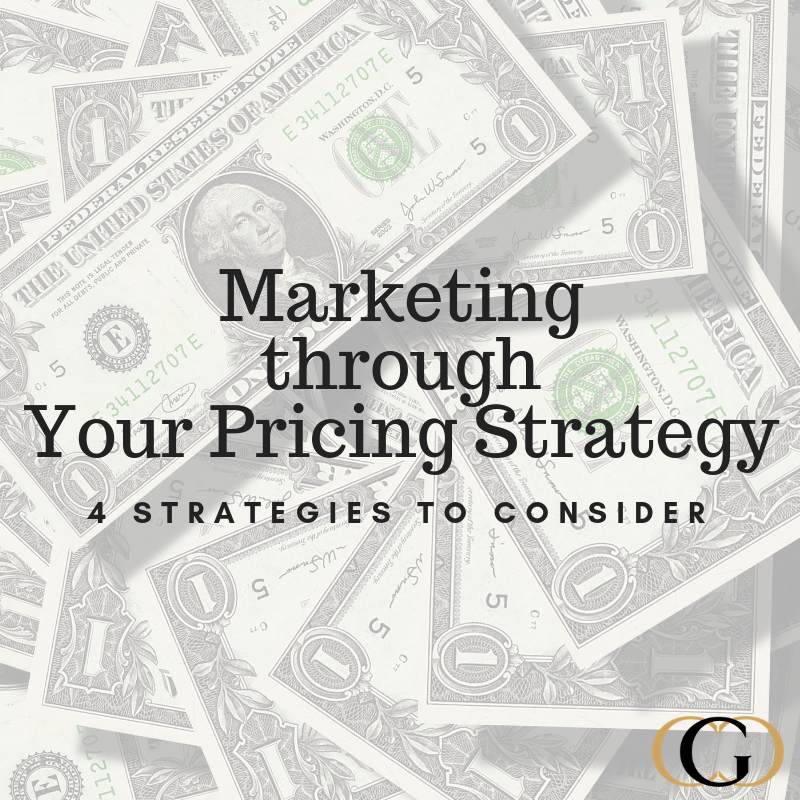Does pricing involve marketing? Of course!
When it comes to pricing, you have to think about your big picture – your brand, the competition, and how you want to position yourself in the market.
With every product or service you offer, you have to ask yourself basic questions when deciding on your pricing model. You first have to consider your income. How much revenue do you want to generate with this offering? And how much of each offering do you honestly think you can sell? Then you have to know your costs. This includes upfront costs, variable costs, fixed costs, and anything that’s an ongoing cost. What do your profit margins look like when you factor these into your pricing model?
Once you have an idea of what your pricing model entails, you can begin to think about pricing from a marketing perspective.
Below are four pricing strategies* to consider as part of the marketing of your offerings.
- Price anchoring: This strategy is mostly used during initial communication about an offer. Basically, you put a proposed price for an offer in the minds of your potential customers. Then, at the very end of your presentation, you surprise your customers with a reduced price. For example, when Steve Jobs was first showing the iPad, he put the price at $999, stating that this is what investors said it should be worth. Then, he surprised the audience by stating that $499 is the actual price. Immediately, it was perceived as a major deal.
- Ending in 9s: This has often been described as a cheesy marketing tactic, but turns out, it actually works. A recent marketing study compared the sales of a woman’s shirt that was $34 one week and $39 the next. The $39 shirt outsold the $34 shirt by 24%!
- Options pricing: A marketer for The Economist did a pricing test to see how online and print sales would go if they offered multiple pricing options for subscriptions. They offered a web-only subscription for $59, a print-only subscription for $125, and a web and print subscription for $125. When people saw the value of print, they were more drawn to the last option. So, if it’s appropriate for what you sell, you may want to consider testing different pricing options, such as coach, premium or first class options.
- The rule of 100: If you ever decide to run a special sale or discount for your products and services, you want to do it the right way. Let’s say you’re selling t-shirts, and the sale price is $20, and the discount is either $5 or 25%. Even though they are the same, people view 25% as the greater value, which triggers more sales. Conversely, if you’re selling a necklace for $3000, with a discount of 25%, people view the absolute value of the discount (which is $750) as the greater value. Therefore, psychologically, people view percentage discounts as a greater value when the sale price is under $100. When the sale price is over $100, absolute values are perceived as the greater value.
Which pricing strategy will you try next?
(Pricing strategies as explained by Marie Forleo.)
Need more help? Check out my 1:1, group and self-study offerings: https://christinagiordano.com/offerings/

